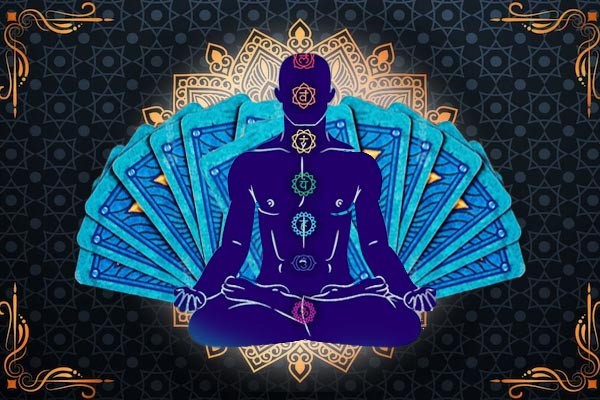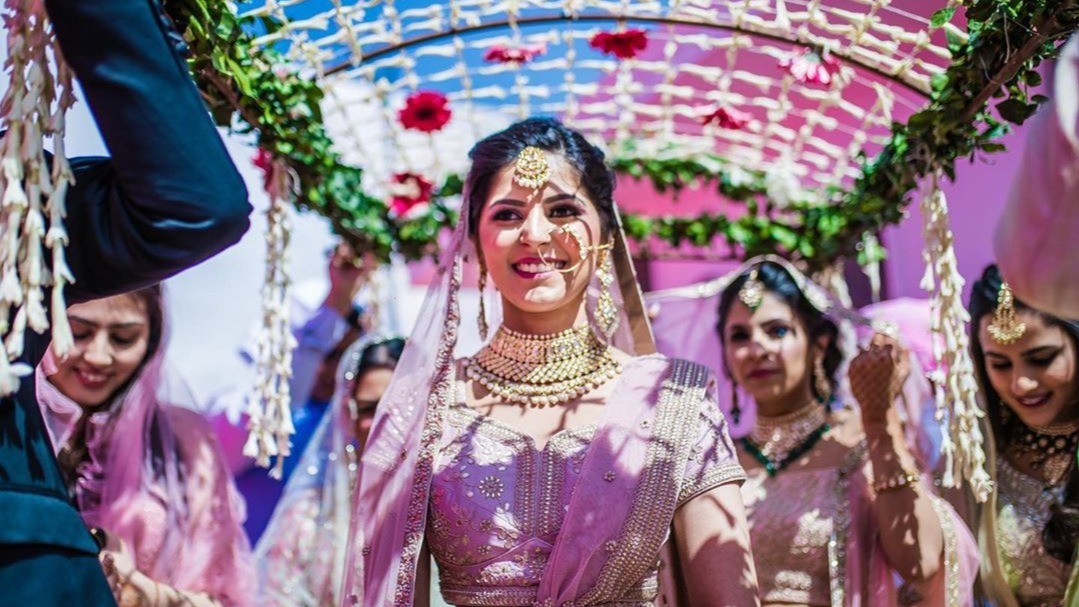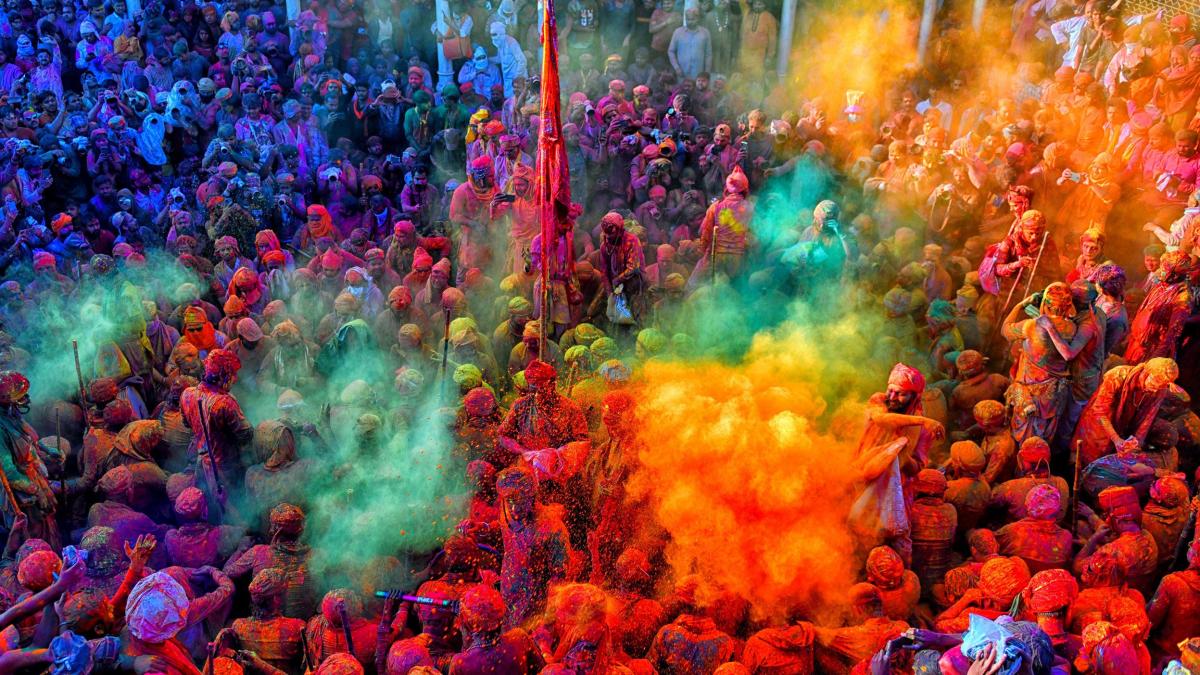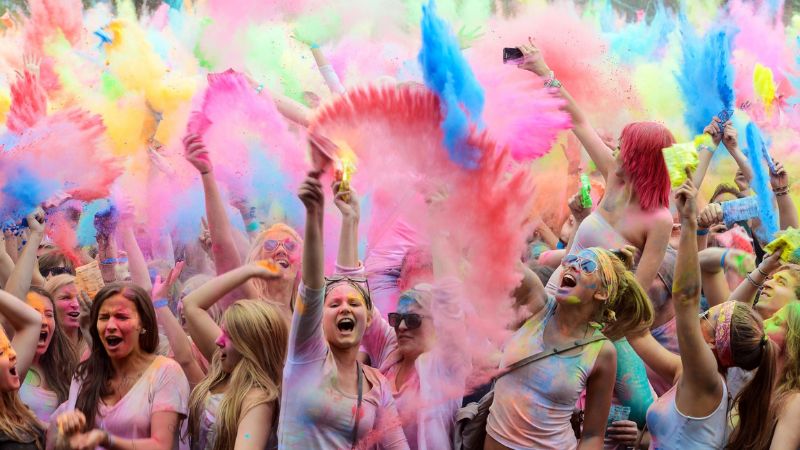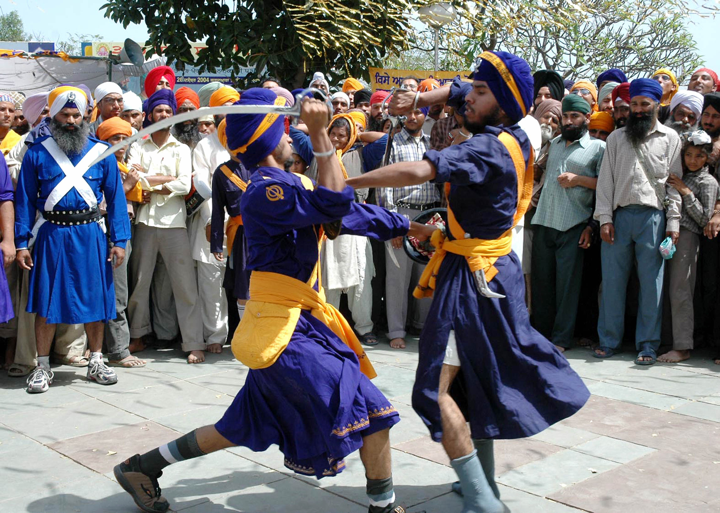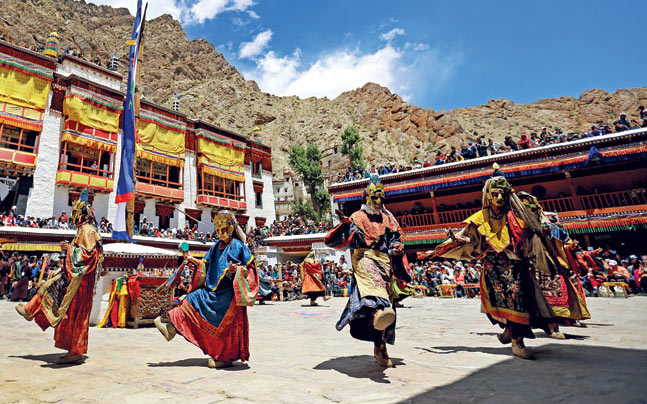What is Tarot?
Tarot is a method of divination that employs a deck of 78 cards, each adorned with distinct imagery and symbolism. Initially developed as a card game in the 15th century, Tarot later transformed into a tool for spiritual insight and self-reflection. The deck is divided into two parts: the Major Arcana, symbolizing significant life events and spiritual lessons, and the Minor Arcana, which addresses everyday experiences. During a Tarot reading, the cards drawn are interpreted to offer insights into a person’s past, present, and possible future, often providing guidance and clarity on various aspects of life.
How does it work?
Tarot operates through a deck of 78 cards, each rich in symbolism, to access the subconscious mind and offer insights or guidance on different areas of life. When someone seeks clarity or asks a question, the Tarot reader shuffles the deck and draws a selection of cards, interpreting their meanings based on their positions in a spread and how they relate to each other. Rather than predicting the future in a fixed manner, the cards reflect current energies and potential outcomes, aiding the individual in gaining a deeper understanding of their situation, emotions, and possible directions to take.
Historic Predictions
Throughout history, Tarot cards have been used for divination and have become linked with several famous predictions. While many of these predictions are steeped in myth and legend, they continue to captivate both believers and skeptics. Here are some of the most notable historic predictions made using Tarot:
- Marie Antoinette’s Fate Context: Marie Anne Lenormand, a renowned French tarot reader and fortune-teller, is said to have foretold the tragic end of Queen Marie Antoinette during the French Revolution. Prediction: Lenormand reportedly predicted the queen’s downfall and eventual execution, which occurred in 1793 when Marie Antoinette was guillotined.
- Napoleon’s Downfall Context: Lenormand is also credited with predicting the rise and eventual fall of Napoleon Bonaparte. Prediction: According to legend, she warned Napoleon that his ambition would lead to his ruin, which is often associated with his defeat at the Battle of Waterloo in 1815 and his subsequent exile.
- Charles Dickens and “Bleak House” Context: The famous British author Charles Dickens was reportedly intrigued by Tarot and consulted a reader for inspiration while writing “Bleak House.” Prediction: The tarot reading is said to have influenced the novel’s dark and mysterious elements, which was serialized between 1852 and 1853.
- Tsarina Alexandra and Rasputin Context: Grigori Rasputin, the mystic advisor to Tsarina Alexandra of Russia, was rumored to use Tarot cards to foresee events during the turbulent period leading up to the Russian Revolution. Prediction: Although not directly linked to a specific event, Rasputin’s predictions through Tarot are said to have foretold the fall of the Romanov dynasty.
- The Death of President John F. Kennedy Context: Jean Dixon, a famous American psychic who claimed to use Tarot cards, is believed to have predicted the assassination of President John F. Kennedy. Prediction: Dixon reportedly predicted in 1956 that a Democrat would win the 1960 U.S. presidential election and die in office, which many believe referred to Kennedy’s assassination in 1963.
- The Assassination of Julius Caesar Context: Although more mythological than historical, some legends suggest that Julius Caesar was warned of his assassination through divination methods that included early forms of Tarot. Prediction: This prediction is more of a retroactive attribution, tying into the famous “Beware the Ides of March” warning Caesar received before his death.
- The Great Fire of London (1666) Context: Some occult historians believe that Tarot cards predicted the Great Fire of London, though the details are often vague and anecdotal. Prediction: The Tower card, associated with disaster and destruction, is sometimes retrospectively linked to this event.
- The Wall Street Crash of 1929 Context: Various psychics and tarot readers claimed to have predicted the stock market crash of 1929, which led to the Great Depression. Prediction: These predictions often involved general forecasts of economic downturns and financial instability, with some claiming to have seen this in the Tarot before the event.
- World War II Context: Several Tarot readers and mystics claimed to have predicted the outbreak and outcome of World War II. Prediction: These predictions often described the rise of a powerful dictator and widespread conflict, which are sometimes linked to the imagery in the Tarot cards.
- The Sinking of the Titanic Context: It is said that certain Tarot readers foresaw the sinking of the Titanic in 1912. Prediction: Some accounts suggest that warnings of a great maritime disaster were seen in the cards, though the details are often anecdotal.
These famous Tarot predictions are often shrouded in mystery and folklore, adding to the enduring allure of Tarot as a tool for divination.
Celebrities who use Tarot
Here’s a list of celebrities who are known to have an interest in tarot cards:
- Lady Gaga – The pop star and actress has shown a strong interest in tarot and often incorporates mystical themes into her work.
- Ariana Grande – The singer has been open about her fascination with tarot and other forms of divination, frequently sharing aspects of her spiritual journey with her fans.
- Lana Del Rey – Known for her haunting music and visuals, Lana Del Rey has mentioned her interest in tarot and the occult, which often influences her artistic style.
- Demi Lovato – The singer and actress has explored tarot readings as part of her broader spiritual practices and personal growth.
- Madonna – A long-time enthusiast of mysticism, Kabbalah, and tarot, Madonna often infuses these themes into her music and personal life.
- Cher – The legendary entertainer has a well-documented interest in astrology and tarot, using the cards for personal guidance.
- Katy Perry – The pop star has expressed her fascination with tarot and other metaphysical practices, reflecting her ongoing spiritual exploration.
- Adele – The Grammy-winning singer has reportedly used tarot cards to gain insights into her personal life and career decisions.
- Cameron Diaz – The actress has incorporated tarot into her spiritual practices, using the cards for their meanings and guidance.
- Nina Dobrev – Known for her role in “The Vampire Diaries,” Nina Dobrev has shared her interest in tarot and other forms of divination.
- Rachel True – The actress, best known for “The Craft,” is an avid tarot reader and has even authored a book on the subject.
- Shirley MacLaine – The Oscar-winning actress has a long history with spiritual practices, including tarot, as part of her exploration of metaphysical topics.
- Jameela Jamil – The actress and activist has spoken about using tarot for self-reflection and personal growth.
- Courtney Love – The musician and actress has expressed her interest in tarot, aligning with her known fascination with the occult.
- Rose McGowan – The actress and activist is deeply interested in tarot and other forms of divination, often discussing them as part of her spiritual journey.
These celebrities engage with tarot in various ways, from casual interest to deep spiritual practice, often sharing their experiences with fans and incorporating mystical elements into their public personas.
Why connect with Tarot Card Reader?
A Tarot card reader provides valuable insights into personal situations, offering clarity and perspective on various aspects of life, including relationships, career, and personal growth. By interpreting the symbolism of the cards, the reader can guide individuals, highlight potential outcomes, and uncover hidden issues that might not be immediately obvious. This process empowers people to make informed decisions, explore new possibilities, and face challenges with increased confidence and self-awareness. Whether for self-reflection or decision-making, Tarot readings can be a powerful tool for personal development and spiritual exploration.
Top 20 Best Indian Tarot Card Readers on Instagram
Maanya Kohli
Maanya Kohli is a renowned Tarot card reader, celebrated for her intuitive insights and holistic guidance. With extensive experience, she provides personalized readings to help individuals navigate different aspects of their lives.
Website: https://www.instagram.com/lady.of.tarot/?hl=en
Neeta Jhaveri
Neeta Jhaveri is a well-known Tarot card reader and spiritual guide. She focuses on offering accurate and meaningful readings to help people gain clarity and understanding in their lives.
Website: https://www.instagram.com/neeta.jhaveri/?hl=en
Anubha Gupta
Anubha Gupta is a professional Tarot card reader and spiritual counselor, recognized for her insightful readings. She blends Tarot insights with spiritual wisdom to guide those seeking clarity and direction.
Website: https://www.instagram.com/anubhagupta07/
Swati Prakash
Swati Prakash is a Tarot card reader, healer, and author, offering spiritual insights and guidance. Her services include Tarot readings, healing sessions, and workshops to support individuals on their spiritual journey.
Website: https://www.instagram.com/witchyswati/
Sangeeta Krishnan
Sangeeta Krishnan is a certified Tarot card reader and life coach. Specializing in personal and professional growth, she offers guidance through Tarot readings, coaching sessions, and workshops.
Website: https://www.instagram.com/thesvegan/?hl=en
Poonam Sethi
Poonam Sethi is a respected Tarot card reader, known for her intuitive approach and insightful readings. She focuses on empowering individuals by offering guidance and clarity on various life aspects through her Tarot sessions.
Website: https://www.instagram.com/poonamsethi27/
Rhea Jha
Rhea Jha is a skilled Tarot card reader and spiritual guide, recognized for her intuitive insights. Her readings aim to provide clarity and guidance, helping individuals make informed decisions and navigate life’s journey.
Website: https://www.instagram.com/tarot_believer/
Amee Shivram
Amee Shivram, known for Amee’s Tarot World, is an internationally recognized Numerologist, Vastu consultant, and motivational speaker. Transitioning from the corporate sector to Tarot reading, Amee has guided countless people worldwide, focusing on healing and guiding individuals to the right path.
Website: https://www.instagram.com/ameestarotworld/
Rupa
Rupa is one of India’s top Tarot card readers with a global clientele. Beyond accurate future predictions, she assists clients in making crucial life decisions with her expert guidance, earning a reputation as a mentor and advisor for corporate firms and young entrepreneurs.
Website: https://www.instagram.com/tarotbyrupa/
Manasi Raina
Manasi Raina, a Tarot and Runes Consultant, Alternative Therapist, and teacher at Louise Hay’s “Heal Your Life” Workshop, has been guiding individuals for the past ten years. Featured in Indian media like IBN7 and Hindustan Times, she helps people overcome fears and discover truths.
Website: https://www.instagram.com/manasiraina_tarotist_lifecoach/
Shivangi Tarot
Shivangi, practicing since the age of 16, has conducted over 4,000 readings and healing sessions in the last decade, establishing herself as a seasoned professional in the field.
Website: https://www.instagram.com/tarotbyshivangishah/
Madhu Kotiya
Madhu Kotiya, based in Delhi, is not only a seasoned Tarot card reader but also a spiritual healer with over a decade of experience. Her insightful readings have earned her recognition in the field.
Website: https://www.instagram.com/madhukotiyashezaim/
Bhavnaa Vijra
Bhavnaa Vijra, a Mumbai-based Tarot card reader and life coach, offers a unique approach to Tarot readings. Her guidance has helped many find clarity and direction in their lives.
Website: https://www.instagram.com/mystic_reader117/
Amishaa Sharma
Amishaa Sharma, a Kolkata-based Tarot card reader and astrologer, brings over a decade of experience. Her insightful readings have guided numerous individuals.
Website: https://www.instagram.com/amishaatarot/
Mehek Bakshi
Mehek Bakshi, a Tarot card reader and spiritual coach in India, has over 5 years of experience in her practice. Her guidance has helped many find clarity and direction.
Website: https://www.instagram.com/tarotbymehek/
Poonam Sharma
Poonam Sharma, based in Jaipur, is a Tarot card reader and spiritual healer with over 6 years of practice. Her compassionate and accurate readings have made her a sought-after professional.
Website: https://www.instagram.com/mysticpoonam/
Shivangi
Shivangi, a Tarot card reader and astrologer based in Mumbai, brings over 15 years of experience to her practice. She is known for her accuracy and insightful readings.
Website: https://www.instagram.com/tarotbyshivangishah/
Swati Jha
Swati Jha, a Delhi-based Tarot card reader and spiritual healer, has over 7 years of experience. Her compassionate and accurate readings have provided solace and guidance to many.
Website: https://www.instagram.com/astroswati/
Rahul Verma
Rahul Verma, a seasoned Tarot card reader based in Chandigarh, offers insightful readings with a decade of experience. His guidance has helped many gain clarity and make informed decisions.
Website: https://www.instagram.com/asttro_rahul_verma/
Rasika Jadhav
Rasika Jadhav, a Tarot card reader in India, brings a fresh and intuitive approach to her practice. With over 8 years of experience, her accurate readings and empathetic guidance have made her a trusted professional in the field.
Website: https://www.instagram.com/rasikajadhav/
TAROT FAQs
Q: How does Tarot work?
A: Tarot taps into the subconscious mind and the collective unconscious. The cards drawn during a reading are believed to mirror the querent’s current situation, thoughts, and emotions, providing guidance and clarity.
Q: Can Tarot predict the future?
A: Tarot doesn’t predict the future with certainty but rather presents potential outcomes based on present circumstances and energies. It offers guidance on possible paths and aids in informed decision-making.
Q: What are the Major and Minor Arcana?
A: The Tarot deck is split into two parts: the Major Arcana (22 cards), which represent significant life events or spiritual lessons, and the Minor Arcana (56 cards), which reflect everyday situations and challenges.
Q: Is Tarot related to astrology?
A: While Tarot and astrology are distinct practices, they can complement each other. Some Tarot readers use astrological correspondences with the cards for deeper insights during a reading.
Q: Can anyone learn to read Tarot?
A: Yes, anyone can learn to read Tarot with practice and study. Mastering the meanings of the cards, developing intuition, and regular practice are key to becoming proficient.
Q: Do I need to be psychic to read Tarot?
A: You don’t need to be psychic to read Tarot. While intuition is important, Tarot reading also involves interpreting the symbolism of the cards and applying it to the querent’s situation.
Q: How often should I get a Tarot reading?
A: The frequency of Tarot readings depends on your personal needs. Some people consult the cards regularly for guidance, while others seek readings only during significant life events.
Q: What questions can I ask during a Tarot reading?
A: You can inquire about various aspects of life, including love, career, health, and personal growth. It’s best to frame questions openly to allow for broader insights.
Q: Can Tarot readings be done online?
A: Yes, Tarot readings can be conducted online through video calls, chat, or email. The effectiveness of a reading depends more on the reader’s skill than the physical presence of the querent.
Q: What is a reversed Tarot card?
A: A reversed Tarot card appears upside down in a reading and may indicate a blockage, challenge, or alternative meaning to the card’s upright interpretation.
Q: Can Tarot readings be wrong?
A: Tarot readings are interpretations and not infallible. The accuracy of a reading depends on the reader’s skill, the querent’s openness, and the clarity of the question asked.
Q: Can Tarot help with decision-making?
A: Tarot offers valuable insights and perspectives that can assist in decision-making. It helps you consider all aspects of a situation and understand potential outcomes.
Q: Is it okay to read Tarot for yourself?
A: Yes, you can read Tarot for yourself. However, it’s important to approach the reading with an open mind and avoid letting personal biases influence your interpretation.
Q: Are Tarot cards evil or dangerous?
A: Tarot cards are not evil or dangerous. They are tools for reflection and guidance. Any negative associations often arise from misunderstandings or cultural misconceptions.
Q: What should I do if I don’t understand a Tarot reading?
A: If a Tarot reading is unclear, take time to reflect on the cards and their meanings. You can also seek clarification from the reader or revisit the reading after some time.
Q: What is a Tarot spread?
A: A Tarot spread is a specific layout of cards used during a reading. Each position in the spread represents a different aspect of the querent’s question or situation. Common spreads include the three-card spread and the Celtic Cross.
#tarot #tarotcards #tarotcardreaders #instagram #tarotreaders #india #future #predictions #famoustarotcardreadersindia #besttarotcardreadersindia #toptarotcardreadersindia #tarotcardreadersindia

